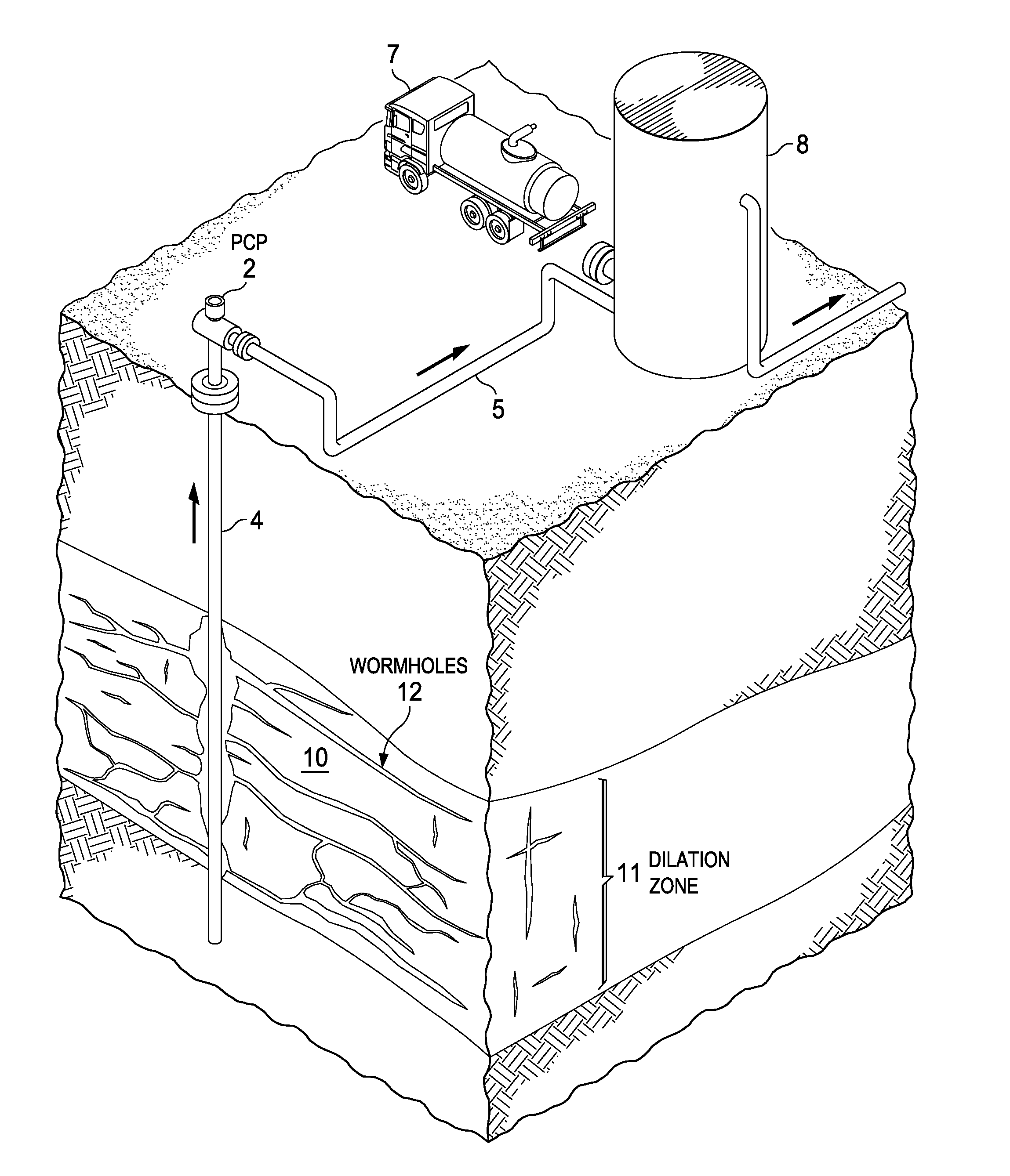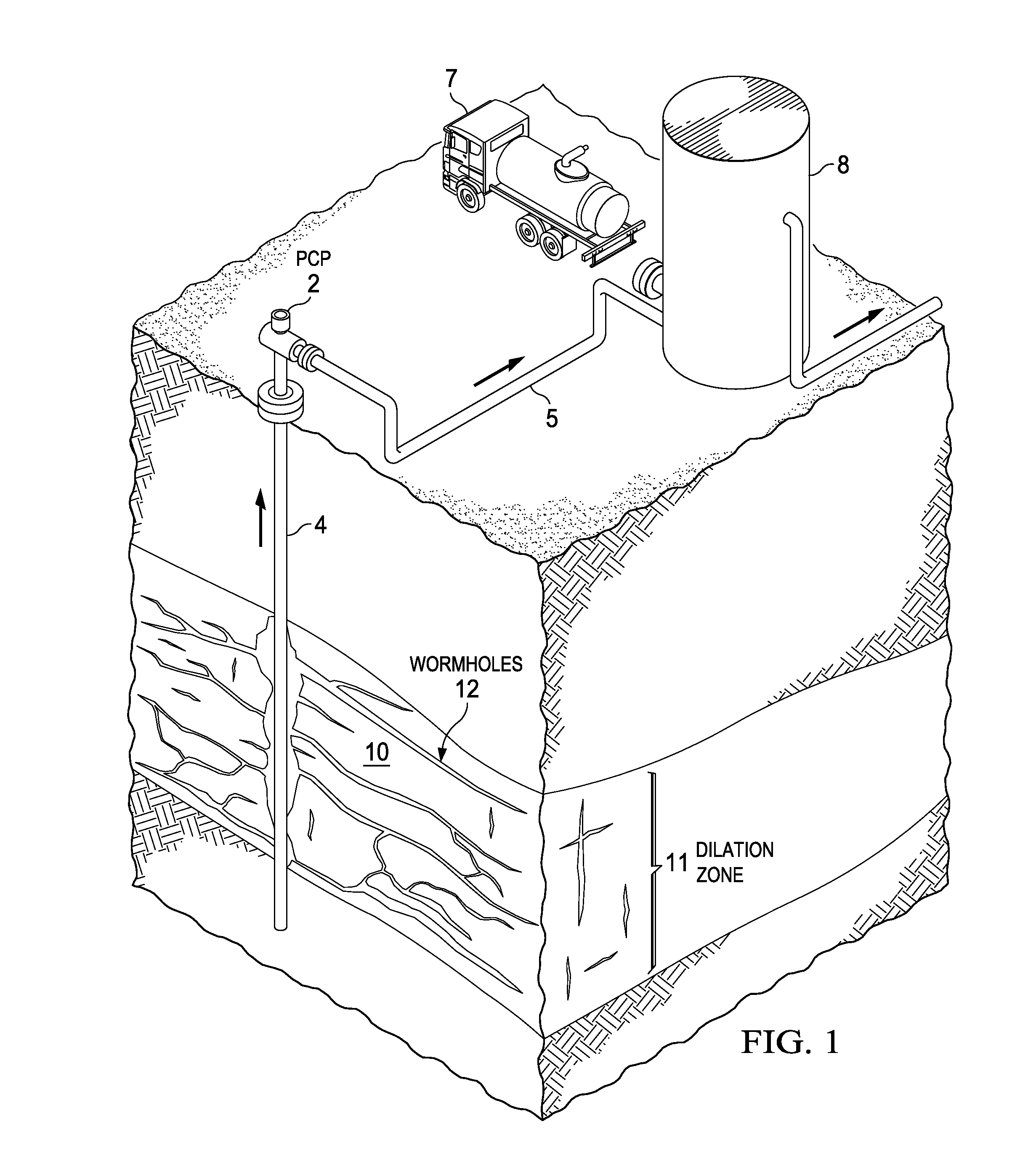Material point method modeling in oil and gas reservoirs
a technology of material point and hydrocarbon reservoir, which is applied in the field of system and method for modeling and simulating the behavior of hydrocarbon reservoir, can solve the problems of large computational complexity and cost of simulating the behavior of models including large numbers of cells or nodes, and the physical phenomena of some of these newly-exploited formations cannot be adequately modeled at a large geographical scale and a large time scal
- Summary
- Abstract
- Description
- Claims
- Application Information
AI Technical Summary
Benefits of technology
Problems solved by technology
Method used
Image
Examples
Embodiment Construction
[0032]This invention will be described in connection with its embodiments, namely as implemented into a computerized system and method of operating the same for modeling and simulating the fluid and structural behavior in the sub-surface of a production field from which oil is produced by the Cold Heavy Oil Production with Sand (CHOPS) process, as it is contemplated that this invention will be especially beneficial in such an application. It is also contemplated, however, that embodiments of this invention can be beneficially implemented in other situations and applications in the development and production of oil, gas, and other hydrocarbons, such as hydraulic fracturing and oil sand perforation. Accordingly, it is to be understood that the following description is provided by way of example only, and is not intended to limit the true scope of this invention as claimed.
[0033]FIG. 1 schematically illustrates, in a perspective view, the production of oil by way of the CHOPS process. ...
PUM
 Login to View More
Login to View More Abstract
Description
Claims
Application Information
 Login to View More
Login to View More - R&D
- Intellectual Property
- Life Sciences
- Materials
- Tech Scout
- Unparalleled Data Quality
- Higher Quality Content
- 60% Fewer Hallucinations
Browse by: Latest US Patents, China's latest patents, Technical Efficacy Thesaurus, Application Domain, Technology Topic, Popular Technical Reports.
© 2025 PatSnap. All rights reserved.Legal|Privacy policy|Modern Slavery Act Transparency Statement|Sitemap|About US| Contact US: help@patsnap.com



